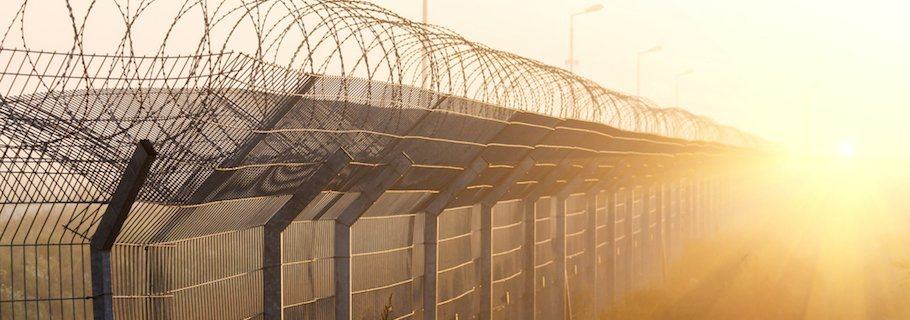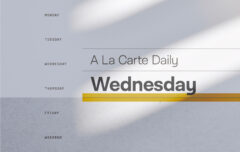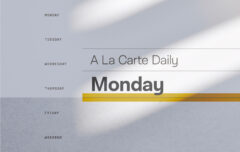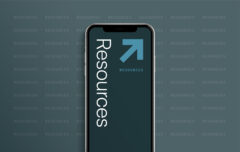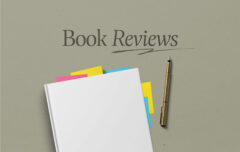The Great Wall of China is one of humanity’s greatest architectural achievements. Its sheer size is almost incomprehensible. Extending across what was once the northern frontier of China, the wall stretches for over 5,000 miles—so long and so prominent that it is visible from space. And yet, for all its magnificence, today it serves no purpose beyond attracting tourists. In fact, many portions of the wall have been almost levelled by townspeople salvaging its bricks to build their homes.
From 1961 to 1989 the Berlin Wall divided East Germany from West Germany, communism from freedom. The wall stretched for more than 100 miles, reached twelve feet in height, and featured terrifying guard towers and dangerous no-man’s lands. For decades it stood as a symbol of a great divide in Europe and the world. But, over a period of just 2 years, it was dismantled and destroyed as Germany reunited.
The Mexico–United States barrier stands today as an attempt to keep people from illegally crossing into the United States of America. It covers 670 of the nearly 2,000 miles of shared border and is meant to prohibit illegal immigration from Mexico and the nations beyond it. In some places the wall is fifteen feet high, topped with barbed wire, regularly patrolled, and made of material strong enough to stop not only people, but also vehicles.
From Hadrian’s Wall to the Maginot Line, we could almost tell the tale of human history by mankind’s attempts to protect themselves from other people, from other nations. Each of these barriers was intended to separate one group from another group.
There is one barrier, though, that was much stronger and much greater than any of the others. This barrier, the most powerful divider of all, was a simple curtain.
The curtain in the great temple of Jerusalem separated the Holy Place from the Most Holy Place. It separated holy God from unholy humanity. And that curtain, with all that it was meant to display, was impenetrable. While other walls rose and fell, this one remained unbreached, at least in what it represented. Generation after generation, from the wilderness tabernacle to the first-century temple, that barrier remained, sealing and signifying the separation between God and man.
And then, in a moment, at the uttering of a single word, at the death of a single man, that barrier was obliterated. The greatest wall called for the greatest man to complete the greatest act. And he did. The barrier was ripped apart, not from bottom to top as if by the hand of man, but from top to bottom by the hand of God. It was rendered completely unnecessary, utterly obsolete.
The barrier fell, and it fell forever. It took with it all of the hostility that had made it necessary. God and man could now, at last, be reunited. Man and man could now, at least, be reunited. The fall of the greatest wall brought the greatest peace, the greatest unity—eternal unity.
Image credit: Shutterstock
